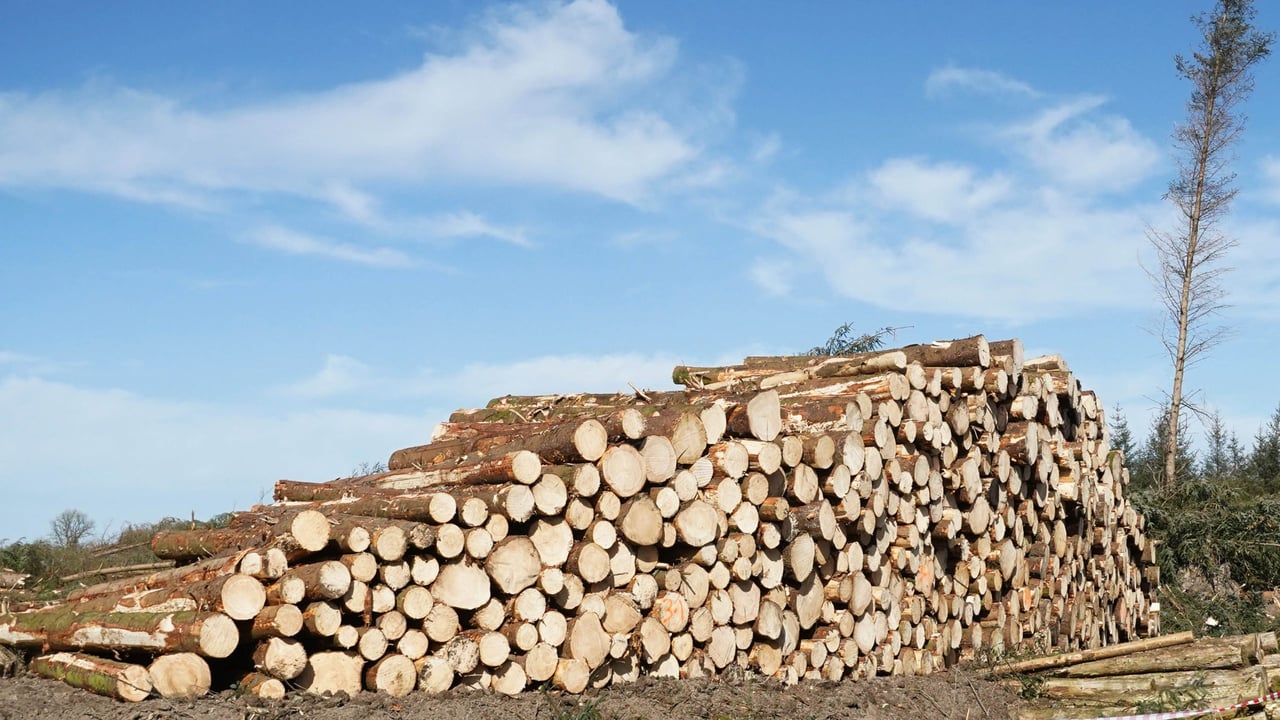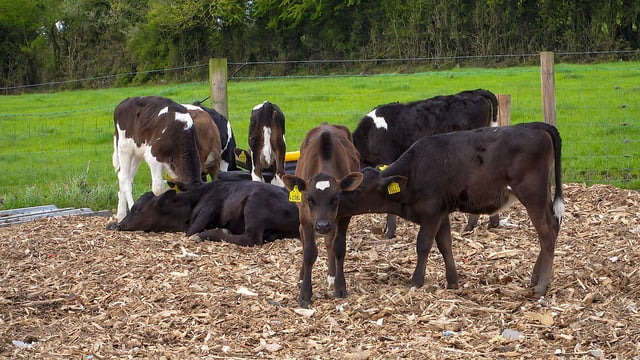No timber glut yet but logistics a concern - Forest Windblow Taskforce
This week saw a further meeting of the Forest Windblow Taskforce, a group convened after the storms of this winter that saw 25,000ha of forestry felled by the high winds experienced in the west and midlands of Ireland.
The meeting was addressed by a European team of experts, who have experience of similar events on the continent and offered advice on how to deal with the fallen timber and identify bottlenecks in the process of getting it to market.
It was reported that there was now no real shortage of harvesters, that extra machines have been brought in from the UK and the continent, and the pressure on getting the timber to the roadside has been greatly eased.
Getting timber to the mills
However, from there onwards, logistics is becoming a growing problem. There are not enough trucks or drivers available to move the timber to the mills, causing logs to accumulate at the roadside, which in this dry weather quickly causes them to lose value as they dry out.
It has been suggested that drivers from outside of the EU be brought in to drive the trucks, but the time taken to issue work permits, driver's cards, and visas will run into months rather than weeks, so this option is not seen as an immediate answer.
There was also the suggestion that UK hauliers be invited over to help with the situation, but the rates offered would need to be considerably higher than those being paid to Irish hauliers to be attractive.
Timber market remains stable
On the question of timber prices, there is some uncertainty as to how the market stands but no dramatic fall has been noted, nor has there been any great surge in the supply as was expected, not yet anyway.
Helping to soak up what extra timber had become available was a shipload of logs, rather than processed timber, departing for the UK.
This was the first time such shipload in many years and, should extra timber flood the market in the future, it may become more regular.
The UK is the second largest importer of timber in the world with a market dominated by the repair, maintenance and improvement sector. This has presently slowed due to a lack of consumer confidence.
Delay in licence application
Altogether Teagasc estimate calculates that there are around 500 land owners with fallen timber who have yet to apply for a felling licence to enable them to clear it.
While the situation is not urgent due to the majority of the uprooted trees still being alive, there was some puzzlement as to why growers were not coming forward to apply as applications for windblown timber are being given priority by the department.
Overall, it seems that any pressing concerns have eased of late, and the situation is under control for the time being, although the logistics and delay in licence applications are cause for some concern going forward.
The advice from Teagasc is still that growers should get the windblown timber sold and cleared, with a proper plan of action being put in place to achieve this as soon as possible.











